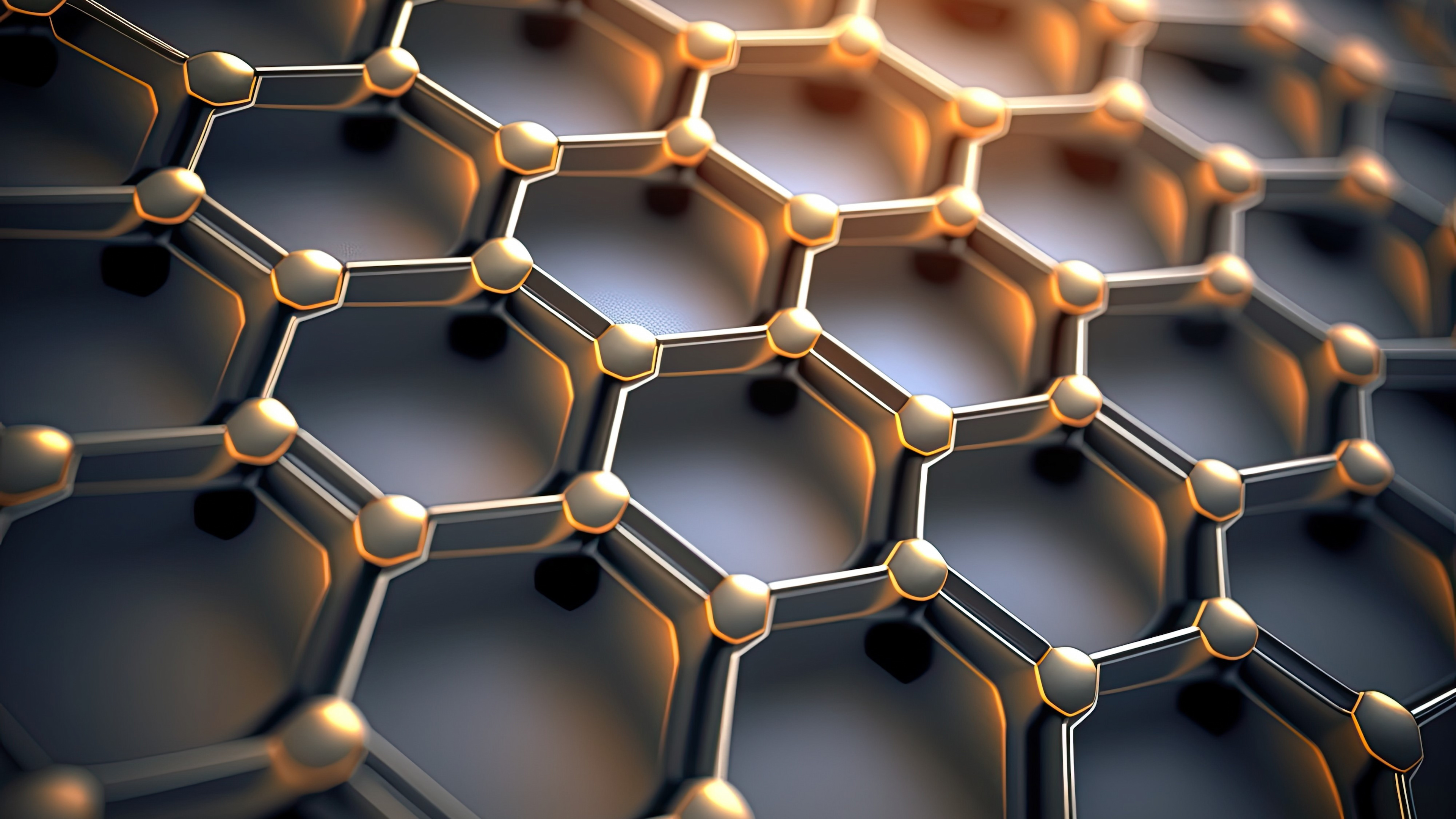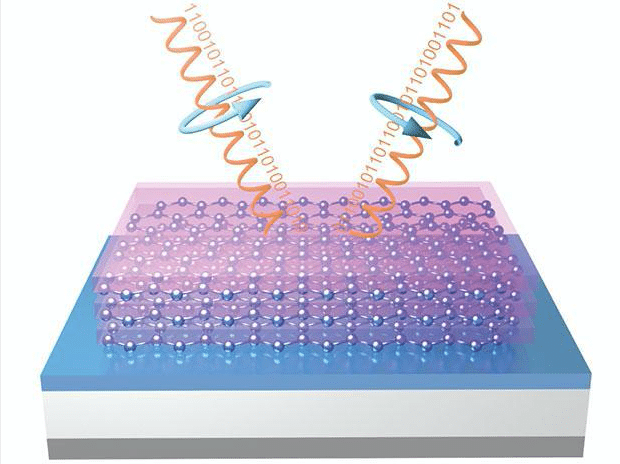Graphene
Picture a world where acquiring fuelless electric generators for residences, apartments, or small enterprises like greenhouse farms is as simple as picking up a washing machine at the store. Envision cruising in electric vehicles that effortlessly power themselves, without the need for charging stations or centralized power supplies. Can these
The Neutrino Energy Group has collaborated with a global group of scientists and a variety of international research facilities to conduct application research. This research focuses on the process of converting invisible radiation spectra of the sun, including neutrinos (high-energy particles that continuously reach the earth), into electric power. In
By all measures, graphene should not exist. The fact it does comes down to some neat loophole in physics which sees with an impossible 2D sheet of atoms behave like a good 3D material. New research has delved into graphene’s rippling, discovering a physical happening on an atomic scale which
Graphene can be used to enhance photonics, as a detector for light, an optoelectronic transceiver, or as part of high-resolution imaging systems. A surprising application of graphene is its use in photodetectors. Light detection capabilities of graphene are inherently limited because a single sheet of the material absorbs only ~2.3%
Latest Posts
- April 3, 2025







